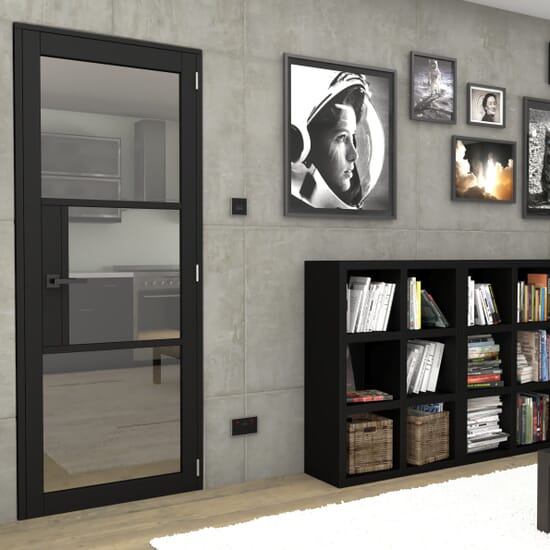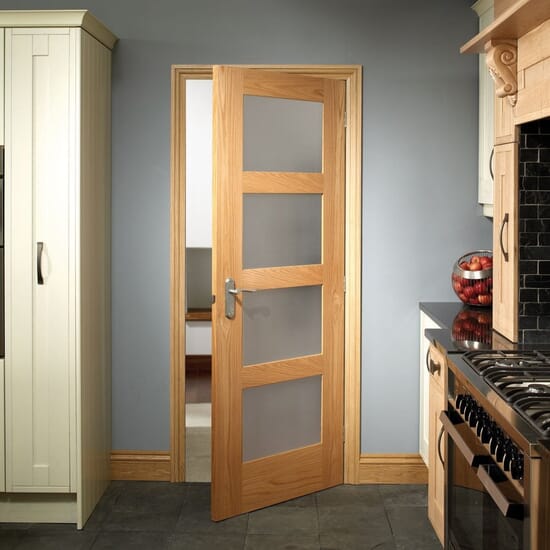How To Measure External Doors
Tools
The job itself is actually quite simple; all you'll need is a decent tape measure and a steady pair of hands.
Measuring a door to fit into an existing frame
Of course, if you're measuring for a new door to fit into an existing frame, the most logical thing to do would be to measure the existing door and match those measurements to a new door. If you don't have this luxury then you'll need to measure the frame. Remember that you should always measure from the inside of the frame, as this is where your door will be fitted.
- Measure the height of the opening horizontally on either side of the frame.
- Measure the width of the opening horizontally at the top and bottom of the opening.
- Measure the thickness of the opening.
- Always use the largest set of measurements as a guide, as it's far more convenient to have a little wiggle room than to have a door that simply won't fit. Generally, unless you're having it custom-made, doors will come in standard sizes, so try to look for a door which matches your requirements as closely as possible. It's unlikely you'll find an exact match. For example, if your measurements are around 1980mm up and 750 across, the standard door size to select would be 1981mm up and 762mm across.
Measuring for a frame
If you're installing a door without an existing frame, you'll need to measure the bare opening.
- Measure the vertical height of the opening (aperture) in which you intend to install the frame. You're going to want to measure three times, once on the far left, once in the centre and once on the far right.
- Measure the width of the opening horizontally, again three time; once at the bottom, once at the top and once in the middle (around where the door handles will go).
- Calculate the average of each different set of measurements and use this figure as the final measurement.
- When ordering your frame, always allow for a certain amount of clearance, as if you have to force the frame in even slightly, it could end up warping the frame or knocking in out of square. The clearance should generally be around 10mm, which allows you a certain amount of wiggle room, without leaving a gigantic gap.
- When ordering the door you intend to install within the frame, take your clearance into account. Deduct the clearance from your measurements and use this as a guide for your door.
Tips for measuring your doors
- Measure twice. It's easy to make a mistake on the first measure and that mistake could end up costing you dearly.
- Always work with a partner if you can. Having someone to hold the end of the tape measure will prove useful. They can also help check your measurements if you’re unsure.
- Take notes. Don't rely on your memory because your memory can let you down. Once you've made a measurement make a note of it either on a piece of paper or on your tablet/smartphone.
In Summary
Now that you have your measurements to hand, you can start shopping around for the perfect external oak door. We'd recommend taking your measurement notes with you when shopping, as you should be able to get more realistic and accurate quotes with exact measurements, especially if you require a bespoke construction. As with any significant purchase however, don't be afraid to shop around for the best deal and don't let your heart rule your head! Online services are also an excellent solution, as you'll be able to email off your measurements and get a quote back, often in the same day without even having to leave the comfort of your own home! Why not go ahead and order those patio doors you've always wanted whilst you're at it.







